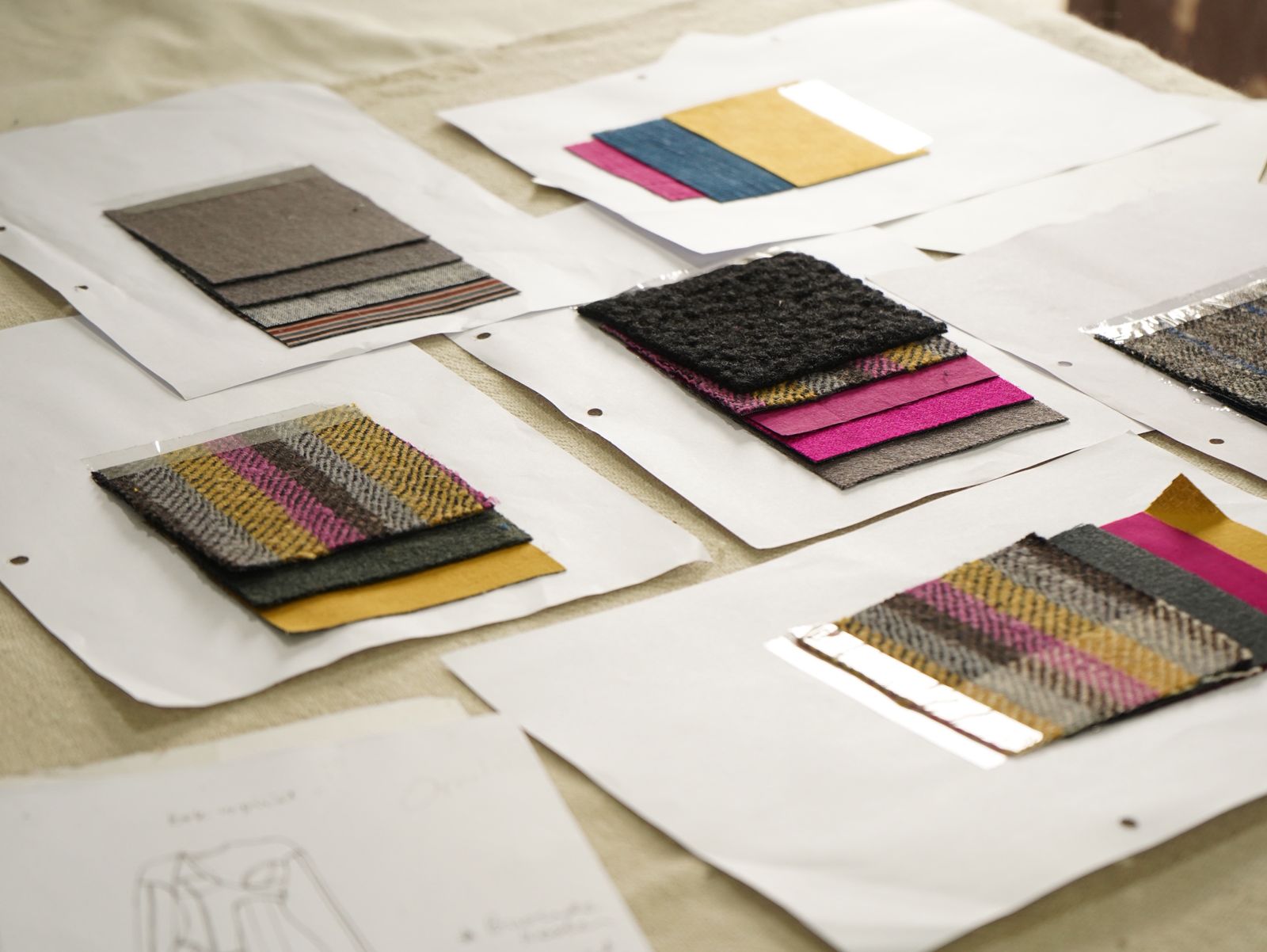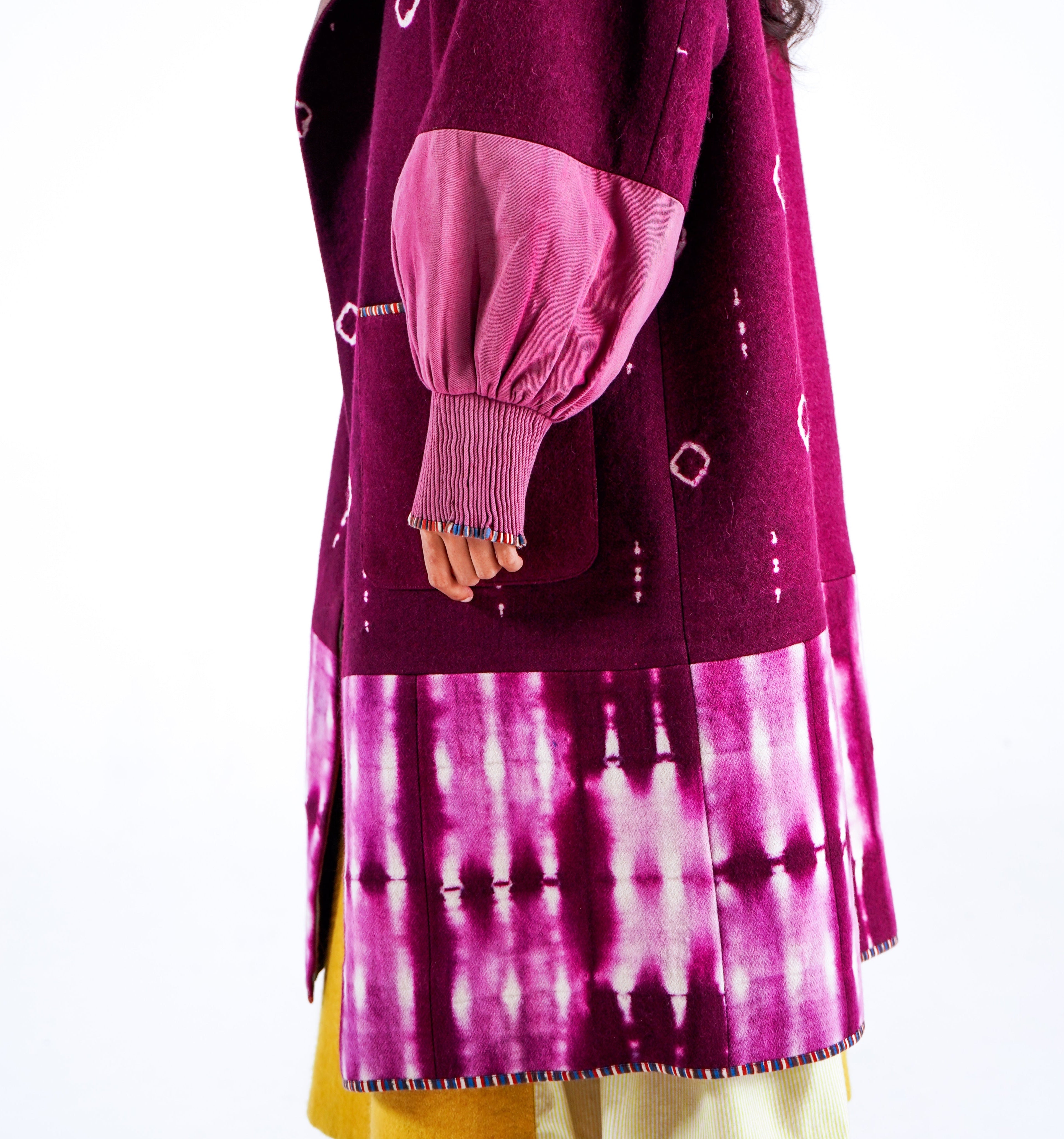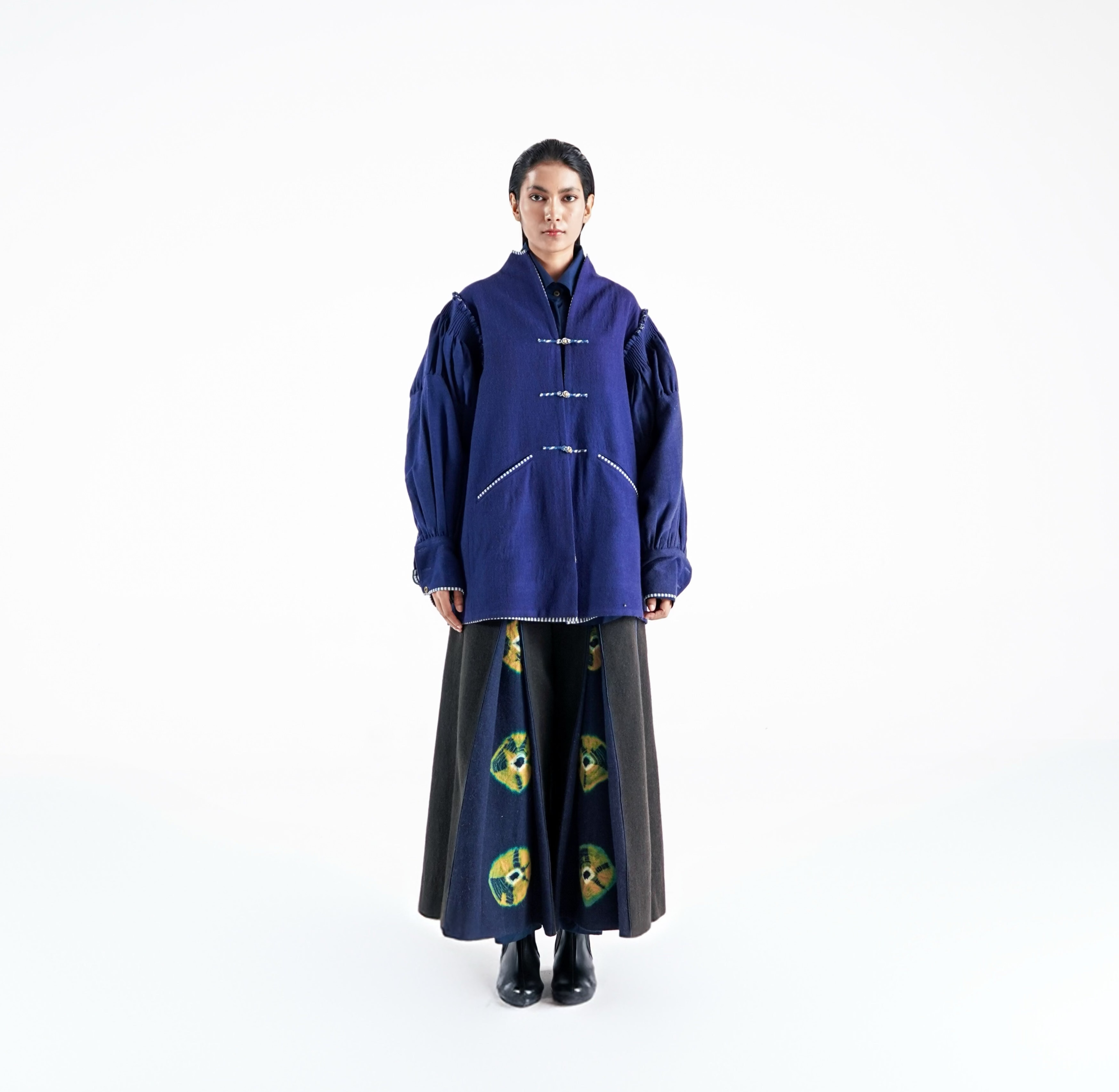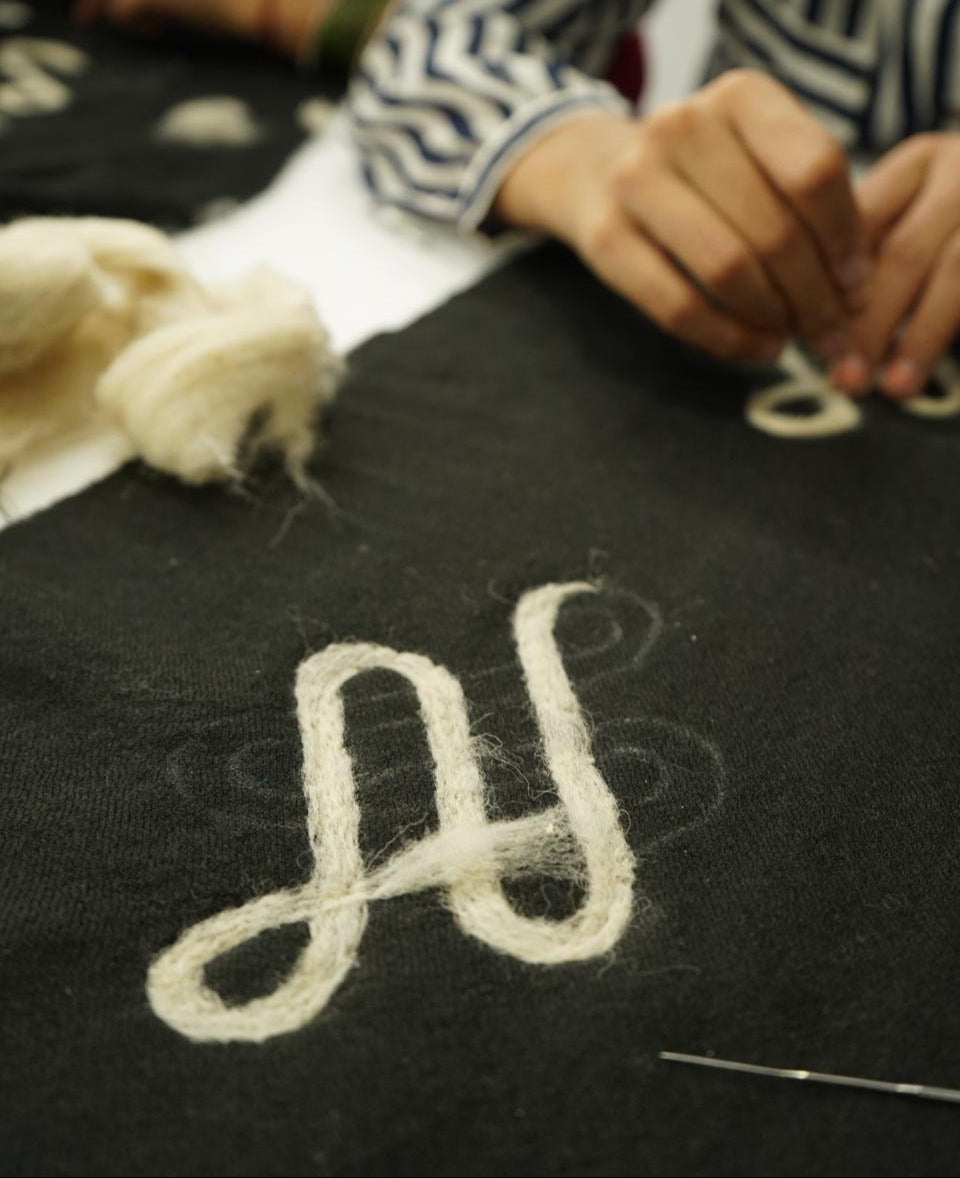Padma Saldon’s mission to revive Nambu wool from Ladakh
Through her brand 2112 Saldon, she reinterprets the heritage of Nambu in contemporary design.
We spoke to Padma Saldon, the Creative Head and Founder of 2112 Saldon, a brand rooted in Ladakh’s textile and craft heritage. She spoke to us about her first encounters with textile, the motivation behind giving back to her homeland, and the way she approaches contemporary design while working with traditional indigenous crafts.
Q: Saldon on starting the brand and her journey so far.
PS: I graduated from National Institute of Fashion and Technology (NIFT) Bangalore in 2011. Post my graduation I experimented with a couple of different things— working under a designer, running a small brand in partnership with a friend, and then eventually took a break for one year where I seriously introspected about the path I want to take for the future. That’s when I also started making some clothes for family and friends with just one tailor at my home. One thing was clear for me that I did want to pursue design, that was my strength and something I kept going back to. So in 2021 I finally took the leap of faith in myself and started my own brand named 2112 Saldon and moved into a workshop space to set up my unit. It's been almost five years now, and I recently opened my showroom in Ladakh in August, 2023.
Q: Where did the interest begin for you in textiles and how did you focus your attention towards Nambu?
PS: My first exposure to textiles came from my grandmother. She used to spin yarn by hand, make yarn balls, and then invite weavers to our home. It was almost like a ritual, a bi-annual event where the weavers would come, run the yarn along the floor, and start weaving. They’d stay for a few days until the cloth was complete. She would then store the textiles in a trunk, to be gifted when a grandchild or a member of the family got married.
So when I started thinking seriously about my brand, I asked myself—what can I offer that’s rooted in where I come from? That’s when I turned my attention to Snambu, the sheep wool of Ladakh, often called Nambu for ease of speaking. While pashmina is widely known and seen as a luxury product, Nambu is the everyday fabric of Ladakh, it’s what most people wear.
Working with Nambu hasn’t been easy. Ladakh is a sensitive region geopolitically, and many local youths are drawn to better paying jobs with the military or road construction. They get paid well and get ration provided as well. So even the existing weavers have started moving towards doing that. But I decided that whoever is still practicising weaving, I will work with them to protect our identity. I am not doing this for fashion, I am just trying to revive the fabric that drapes Ladakh.


Q: Saldon, could you tell us about the way you approach design and which crafts from Ladakh are you able to incorporate in your work?
PS: I like to unfold the layers of the traditional Ladakhi attire, whether it's a detail like the gathers on the waist or its the entirety of the silhouette itself. I pick these as my starting point and contemporarize it. I also incorporate the tie-dye method from Ladakh called Thigma dyeing practiced in Nubra and Zanskar valleys which traditionally happens in small circular patterns. I’ve played with scale, blowing them up into oversized motifs to give them a new visual language. I also use natural dyes. For example, Lachu, a dye derived from the rhubarb plant; indigo, which I learned from a woman in Basgo village and is traditionally prepared using cow urine; and dye from crushed walnut shells, which gives a rich brown tone.


Q: As a craft focused designer, how do you experiment with techniques in your work?
PS: I’m always exploring ways to bridge Ladakhi craft with other traditional techniques from across India. For instance, I once took inspiration from the motifs found on kitchen stoves in Ladakh, traveled to Ajrakhpur in Bhuj, got the blocks carved for those motifs, printed them and made dresses out of those. Then once we got silk yarns from Assam, inserted it in the weft to see what comes out of it and it gave us a beautiful fabric as a result. I am now actively expanding my network of craftspeople to be in Himachal, Gujrat and beyond.


